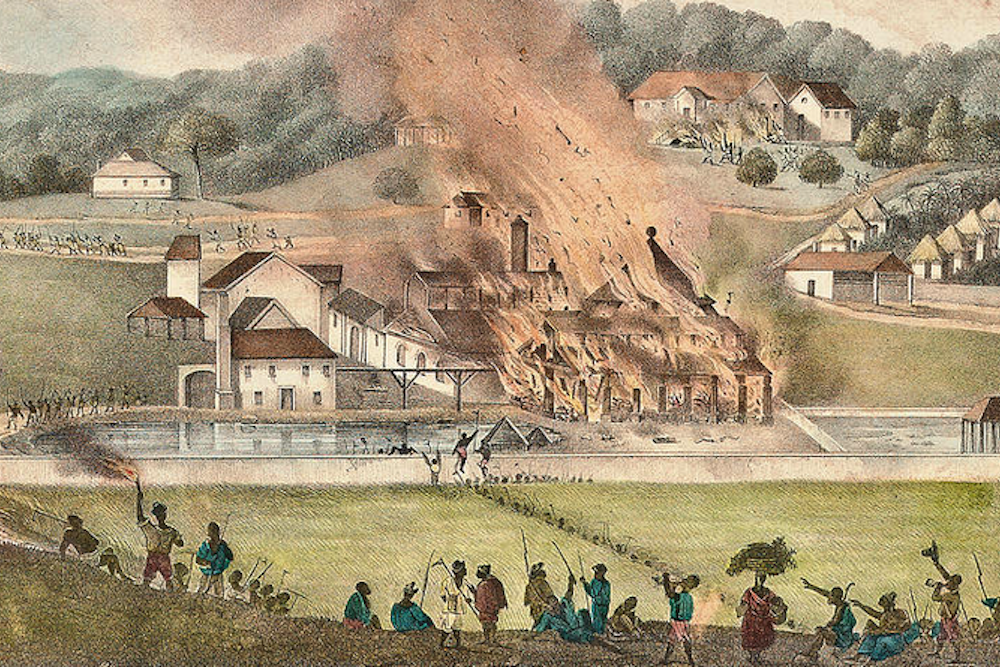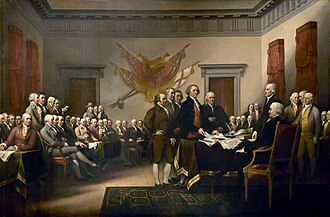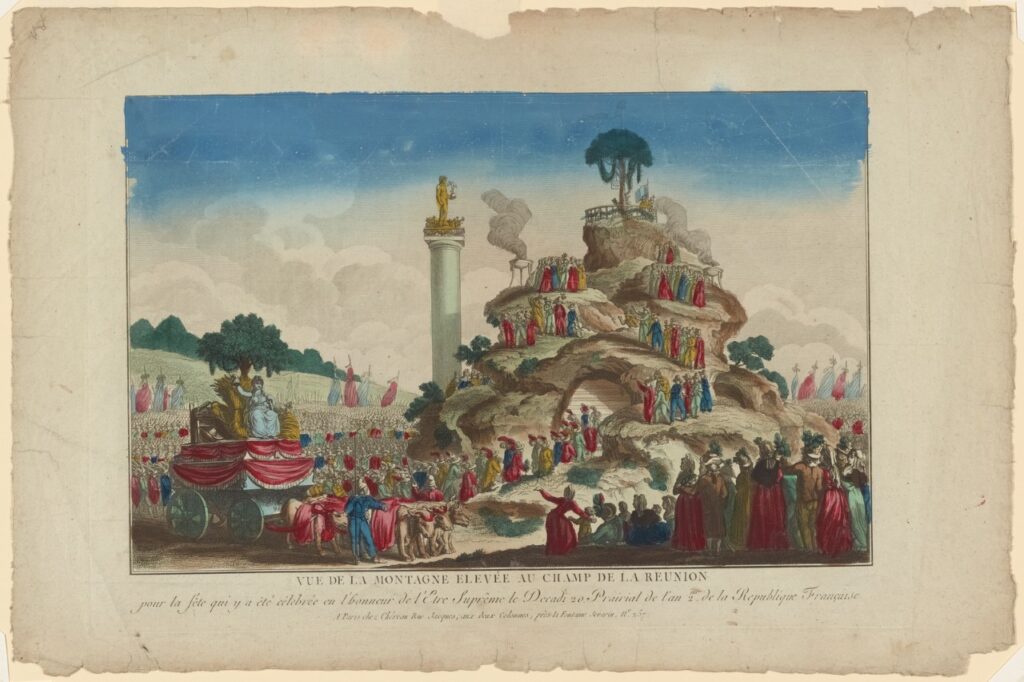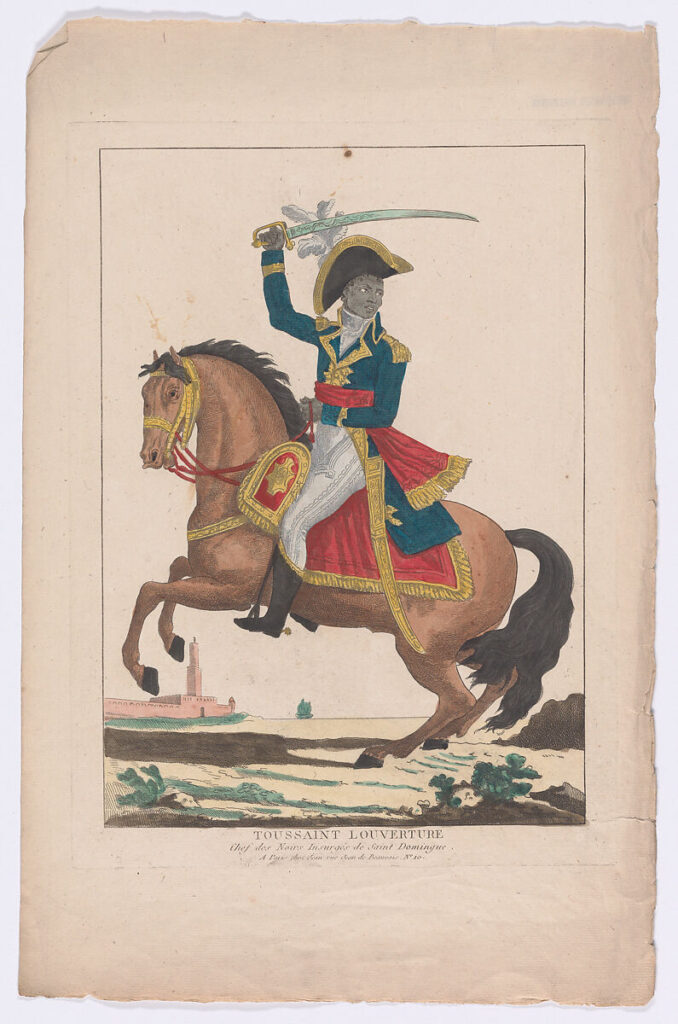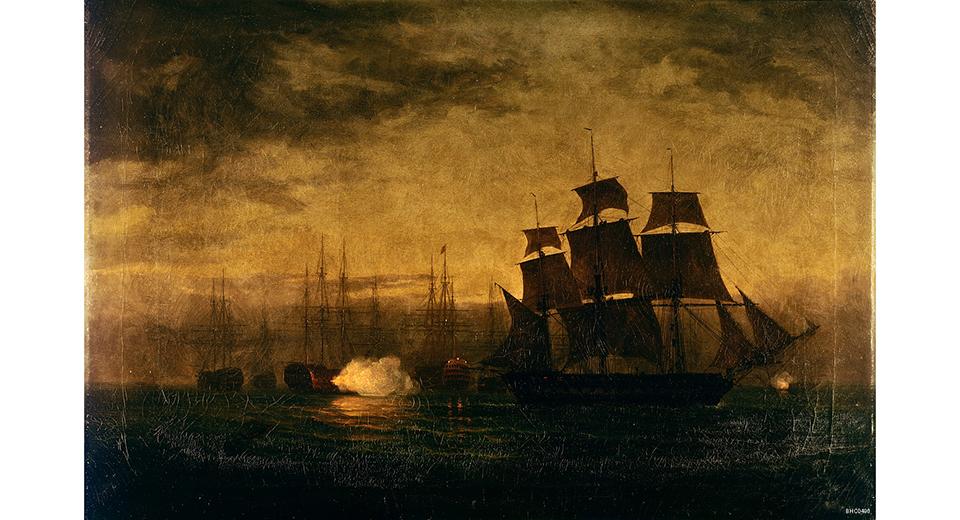Jacobin topoi, Jacobin trope
What happens when we examine the connections between revolution and imagination in English fiction, 1775-1820. How did the prevalence of “imagination” coincide with “revolution” in English fiction in the age of revolutions? Mapping the two alongside each other reveals a twofold increase and decrease at corresponding historical moments.
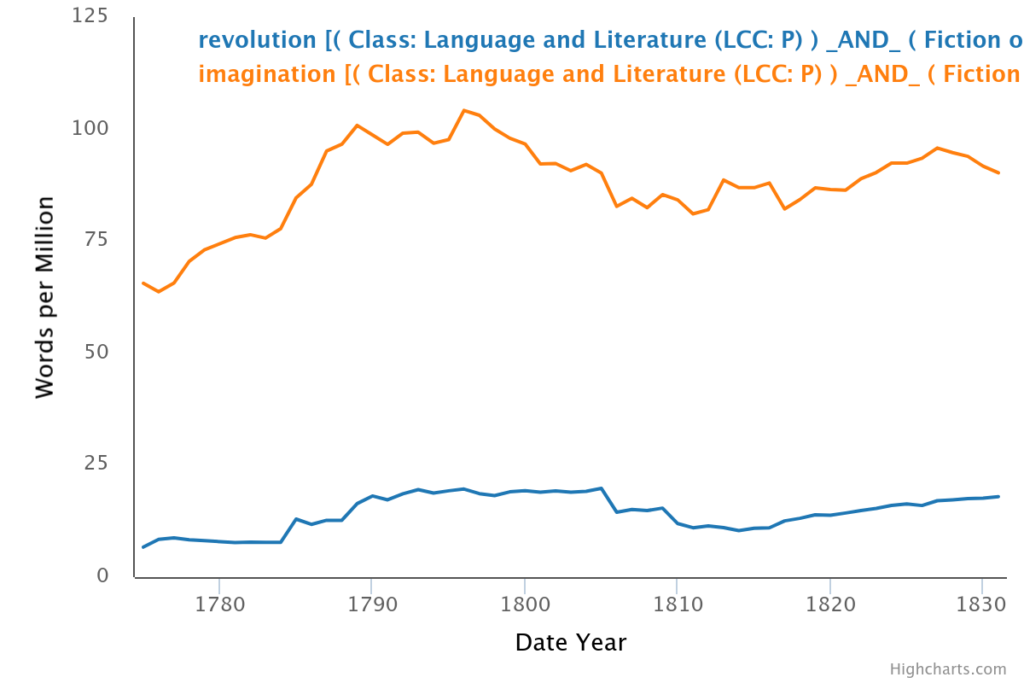
Timeline of Jacobinism:
Mapping Global Jacobinism
